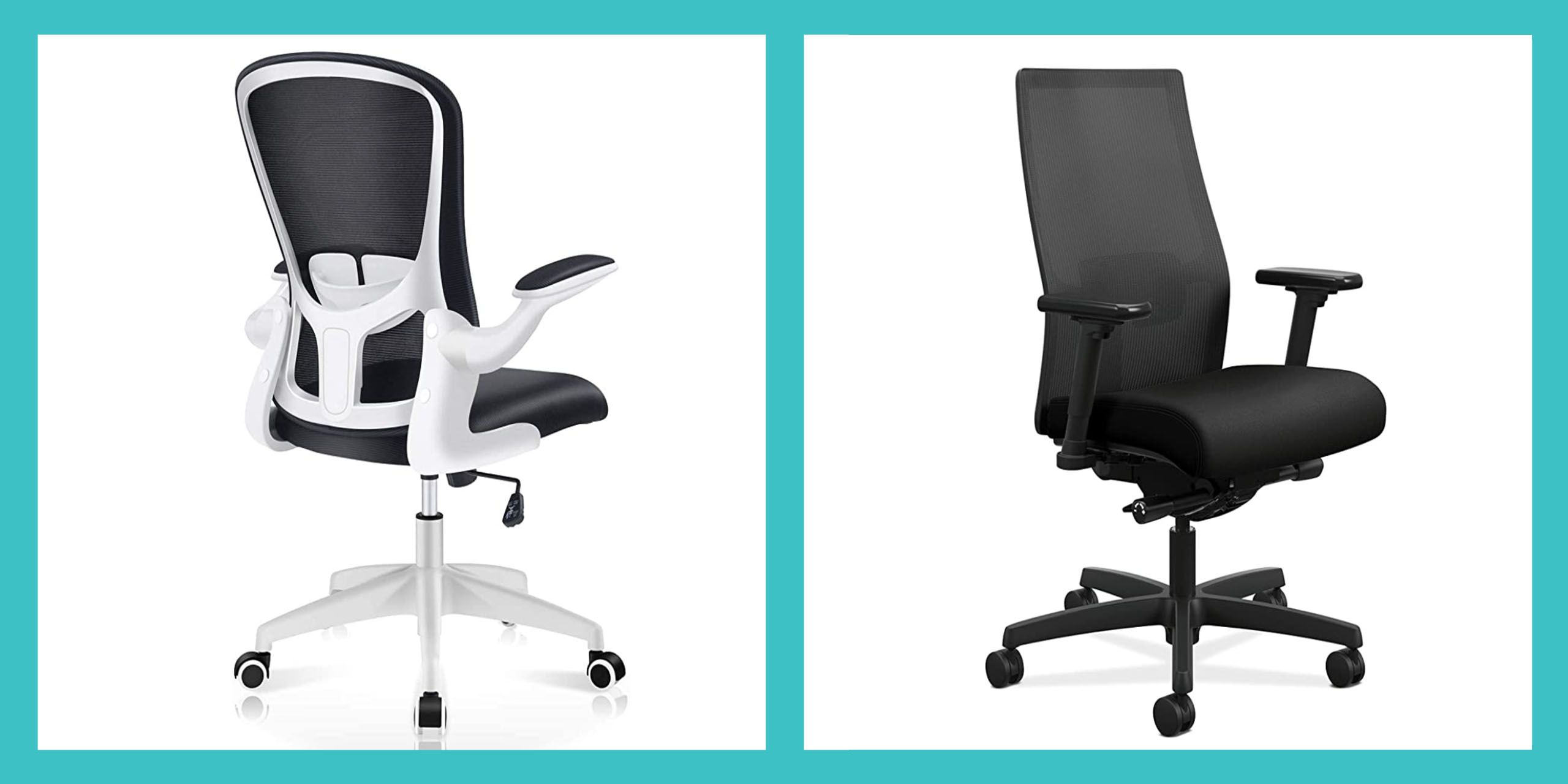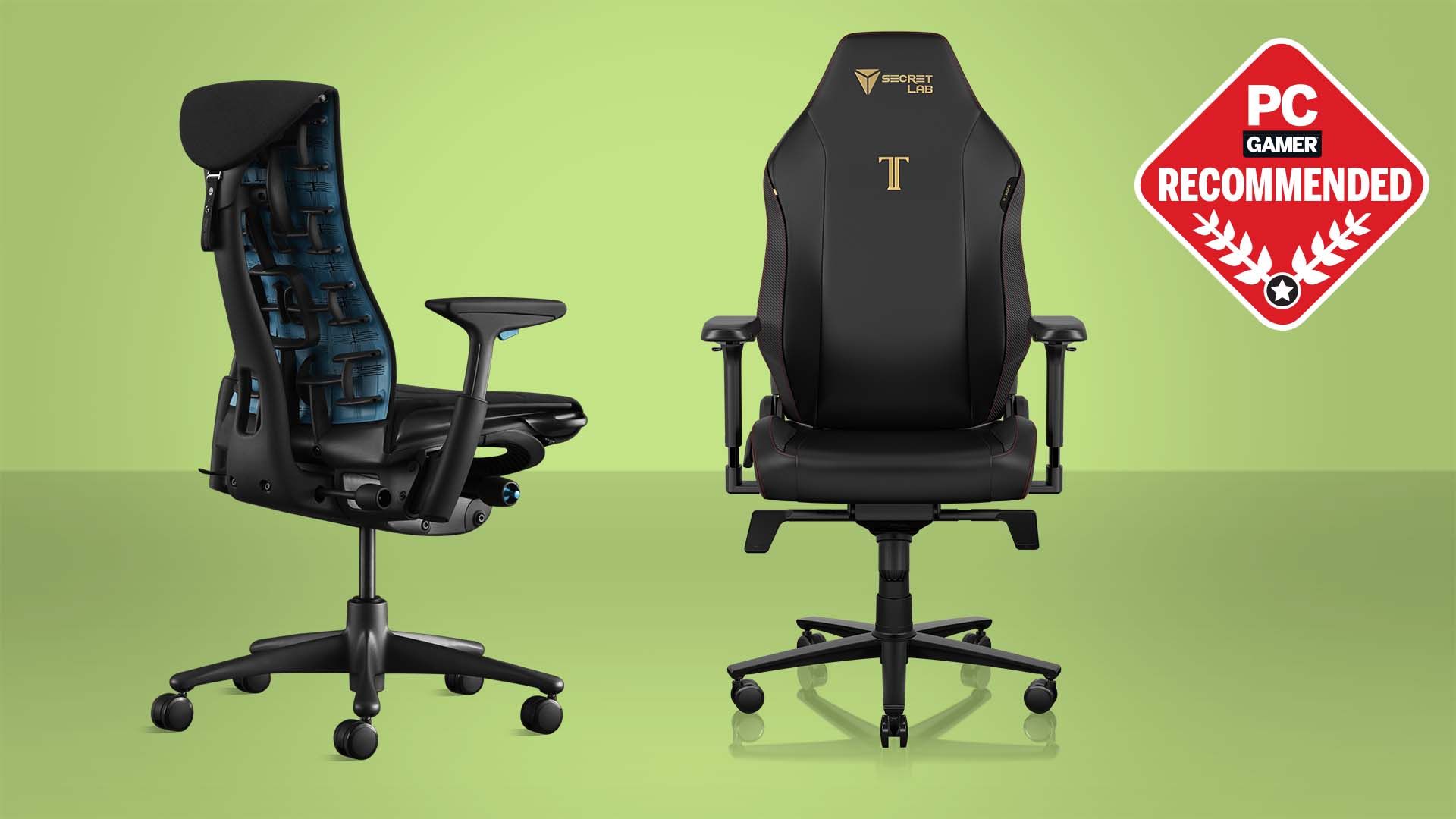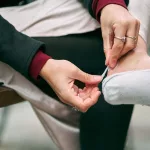Why Sitting Hurts
Let’s be honest for a second—have you ever plopped down in your favorite chair after a long day and thought, “Ahh… this is the life,” only to stand up an hour later feeling like you’ve aged a decade? Oh, you too? Seriously, it’s not just you. So many of us quietly put up with annoying lower back aches at home, and we blame it on everything—stress, age, too much work—but rarely on what we’re actually sitting on. Wild, right?
Look, I used to think it was normal—just part of “getting older.” But then my friend Sarah upgraded her home office chair (after months of moaning about her back), and after a week she was like, “Wait… this is what normal feels like?” Turns out, that saggy couch or hard-as-rock dining chair isn’t doing our backs any favors.

Is It Really the Chair?
Ever have that moment when you pause to wonder, “Is my back pain actually from this chair, or am I just falling apart?” Same. But here’s the truth—according to people who really spend time studying this stuff, those long hours in a bad chair are a sneaky back-wrecker. Dr. Ehsan Jazini, a spine surgeon (and clearly, someone who’s seen a lot of unhappy backs), says even 6 to 8 hours in a not-so-great seat can slowly misalign your spine and leave you sore for days. That slouching, the way you sink in and hunch? That’s like setting your spine up for trouble every single day. (research on the link between office chairs and spinal health)
I remember last winter—I’d spend hours curled up on the same old armchair, thinking I deserved it after a busy workday. Spoiler: my lower back would protest every time I stood up. Only after I swapped it for something actually supportive did I realize, “Whoa, I didn’t have to ache all day?” So yes, for a lot of us, it really is the chair.
Chair Fails That Trip You Up
Let’s break it down… What makes a chair downright dangerous for your back? There are some repeat offenders.
What To Look Out For?
- Sofas that swallow you whole (and your posture with it)
- No real lumbar support – like, zero curve for your spine to nestle into
- Armrests that are either too high (so your shoulders scrunch up) or missing altogether
- Cushions that give out, so you end up perched awkwardly or sinking too deep
| Bad Chair Traits | Pain-Free Fixes |
|---|---|
| No lumbar support | Adjustable lumbar curve |
| Flat, hard seat | Gentle cushion, waterfall edge |
| Shallow seat, or too deep | Seat depth you can adjust |
| No armrests | Supportive, adjustable arms |
Do any of these sound familiar? If so, keep reading—because there are fixes. (And yes, they’re comfier than sitting on the floor.)
What Makes a Chair “The Best” for Home?
So, you want the Best chair for lower back pain at home. (Trust me, so do I!) But it’s easy to get lost in a sea of options. Here’s my own checklist—the one I wish I’d had before scrolling online for hours:
Are You Supported All the Way?
First, lumbar support is non-negotiable. Think of your spine like a gentle S-curve—it loves to be cradled. Chairs with adjustable lumbar sections let you fine-tune the support to your body shape, instead of just faking it with a pillow.
Next, check the armrests. If you’re eyeing the Best chair for lower back pain at home with arms, you’ll want those arms to adjust up, down, and even in and out, so your elbows can relax at the perfect angle. (It’s wild how much shoulder and upper back tension melts away just by getting this right.)
Breathe Easy, Sit Easy
Don’t ignore the seat itself. A seat that’s too shallow leaves your thighs hanging off the edge—too deep, and you’ll slump forward to see your screen. Slightly reclined backs (not just rigid 90-degree angles!) let your spine chill naturally, which is way better than staying bolt upright all day. (advice from ergonomic chair research)
And let’s not forget: If you run hot (or cold, no judgment), lots of home chairs now feature mesh that keeps you from getting sweaty… even when that meeting runs way too long.
My Picks: What Real People Love
Alright, this is where it gets fun! I scrolled through more reviews than I care to admit and surveyed everyone from my chiropractor to my pickiest WFH friends. Here’s what really rises to the top for the Best chair for lower back pain at home:
Splurge or Save: Something for Everyone
| Chair Name | Lumbar Support | Armrests | Price | Why People Love It |
|---|---|---|---|---|
| WholeBody® ROVE Massage Chair | Customizable | Yes | ~$3,499 | Feels like a mini spa day; great for relaxation after long workdays |
| Marsail Ergonomic Office Chair | Adjustable lumbar | 3D Armrests | Budget | Breathable mesh, high back, Amazon’s “Overall Pick” |
| Branch Ergonomic Chair Pro | Dynamic, adjustable | Fully adjustable | Mid-range ($449) | Doesn’t sacrifice style for comfort, easy to set up at home |
If arms are a deal-breaker (and honestly, I get it—sometimes you need that stable push to get up after a long binge-watch), check out the picks in the Best chair for lower back pain at home with arms discussion. There’s nothing like that extra support, especially if you’re moving from desk to dining or back again.

Quick Story Break…
My neighbor Mike, champion of the back pain whiners club (he’d describe himself that way!), was shocked by how much a real ergonomic chair could help. He invested in a mid-range model with a mesh back and adjustable arms—not crazy expensive, but not the cheapest, either. A month later, he practically did a victory dance in his driveway, waving his heating pad around like a flag. He just… stopped needing it.
Sometimes it’s that simple. Or rather, it should be that simple.
Little Tweaks—Big Results
But here’s a secret most guides skip: Even the Best chair for lower back pain at home needs your help. It’s about how you use it, not just which one.
How to Make a Good Chair Work Even Better
Set up so your feet are resting flat on the ground. (No tiptoes. No perching like a bird. That’s a quick way to sore knees and back.) Knees should meet your hips at about the same level—or, if you’re fancy, a touch lower.
I used to set my chair too high because I felt more “in command” of my desk… big mistake! My hip flexors paid the price. Once I dropped the height and actually let my arms rest, I was shocked at the tension that left my shoulders.
And armrests aren’t just for show: adjust them so your elbows hover around a 90-degree angle. No more hunching or awkward shrugging. Recline every now and then—yep, you have my permission to lean back just a little! It eases pressure while keeping you alert enough to reply to one.more.email…
Don’t Forget To Move!
We can’t sit still forever—well, you can, but your body will definitely complain. So, every 30 minutes or so, stand up, wiggle around, walk to the window and stare out dramatically (my favorite move—makes me feel like a movie star brooding in a rom-com), or do a quick stretch.
And if you need more tips—like which models handle movement well or what people say in their Best chair for lower back pain at home consumer reports—take a peek at those reports. Real stories, real results. That’s what we want.
Beyond the Chair: Tiny Habits, Big Changes
Chairs are important—game-changing, even. But let’s not ignore the small stuff. I sprinkle in back-friendly stretches whenever I can. There’s this move where you gently twist your lower back while sitting (“the lumbar twist” as my yoga app calls it). Takes, honestly, 30 seconds, and my afternoons are a million times less stiff.
Some folks (my uncle included) swear by their inversion table for decompressing after long hours sitting… not my jam, but hey, it made his yardwork weekends way easier. It’s really about finding those little daily things that keep you moving pain-free, not just the fancy chair.

Final Thoughts: Kick Back and Actually Enjoy It
Let’s wrap this up—your back is begging for something better, and you deserve to sit down and smile, not brace for pain. The Best chair for lower back pain at home isn’t always the most expensive or the trendiest. It’s the one that fits you, supports your natural curve, and lets you chill all afternoon without groaning.
Whether you’re ready to splurge on a WholeBody® ROVE for spa-level luxury or eyeing that Marsail for “can’t believe it’s this comfy” support, there’s a chair (and a posture tweak) out there for every back and every budget. Make sure the armrests have your back too—browse options in the latest Best chair for lower back pain at home with arms guide—or check the real-life stories in the Best chair for lower back pain at home consumer reports.
So—what’s stopping you? Stand up, do a little stretch, take a look at your chair, and promise yourself you’re done settling for pain. I’d love to hear what works for you, or which chair you end up loving! Here’s to happy, ache-free sitting—and catching up on your favorite shows (or emails, if you must) in pure comfort.


















Leave a Reply
You must be logged in to post a comment.